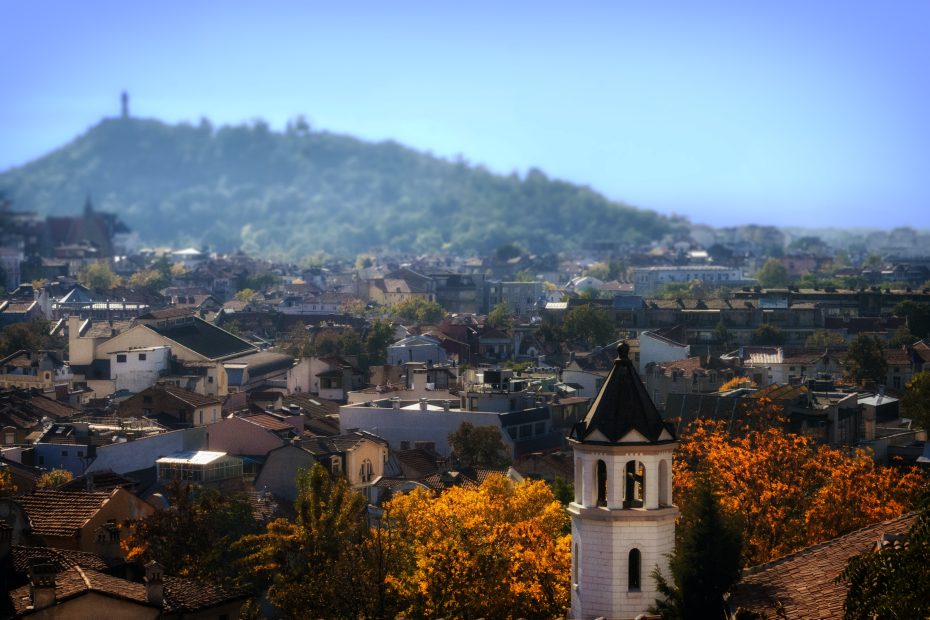Table of Contents
Introduction
Bulgaria is a fascinating country located in southeastern Europe along the Black Sea. Popular tourist destinations like the capital Sofia, the coastal city of Varna, and the beach resorts of Sunny Beach draw millions of visitors each year. However, beyond Bulgaria’s famous cities and beaches lies a wealth of lesser-known destinations waiting to be explored. From ancient ruins to breathtaking natural wonders, Bulgaria has many hidden gems for travelers seeking unique and memorable experiences away from the crowds.
Hidden Historical Sites
Perperikon
Nestled in the Rhodope Mountains, Perperikon is an ancient megalithic sanctuary that dates back over 6,000 years. One of Bulgaria’s most significant archeological sites, Perperikon reveals traces of human activity spanning the Bronze Age to the Middle Ages. Wander amongst the ruins of temples, palaces, and fortresses overlooking the picturesque hills.
Magura Cave
Magura Cave near Belogradchik contains prehistoric drawings dating back as far as 10,000 BCE. This UNESCO World Heritage Site features colorful rock paintings depicting hunting scenes, dances, suns, and animals. Visitors can take tours by candlelight through the cave’s eight galleries to view this marvelous gallery of ancient art.
Deultum
Once a prosperous Roman colony, Deultum’s ruins offer a glimpse into ancient life. Located close to the modern city of Debelt, key sights include the remains of a Roman bath, an early Christian basilica, and an amphitheater. Mosaics, coins, and pottery fragments complete the picture of this erstwhile metropolis.
Quaint Mountain Towns
Tryavna
Nestled in the Balkan Mountains, Tryavna charms visitors with its traditional Bulgarian architecture. Wonderfully preserved 18th and 19th century homes sport intricate woodcarvings and brightly-painted facades. The famous Daskalov House showcases 19th century designs. Tryavna also hosts the National School for Woodcarving, keeping folk arts alive.
Koprivshtitsa
This picturesque town was vital to Bulgaria’s 19th century revolution against Ottoman rule. Koprivshtitsa’s cobblestone streets, spacious plazas, and 388 restored Bulgarian Revival-era homes provide an immersion into history. Don’t miss visiting the house-museums of revolutionary leaders like Todor Kableshkov.
Melnik
Tucked between curious sandstone pyramids, the tiny village of Melnik offers old-world charm. Traditions like winemaking and architecture using the surrounding sandstone span centuries here. Must-see sights include the Kordopulov House and the fascinating ruins of Rozhen Monastery. Sample Melnik’s signature wine alongside traditional dishes at a cozy local tavern.
Stunning Natural Wonders
Belogradchik Rocks
Soaring skyward for miles along Bulgaria’s northwest border, the Belogradchik Rocks form fantastical shapes and hues. Hiking trails wind amidst the 200 meter high sandstone and conglomerate towers, many named for people or objects they resemble. The nearby Belogradchik Fortress compliments the storybook scenery.
Seven Rila Lakes
High in the Rila Mountains, pristine alpine lakes shine like jewels amidst spectacular scenery. Formed by glaciers, the Seven Rila Lakes offer incredible vistas of forests, waterfalls, and looming peaks. Hike through this unspoiled wilderness taking in the panoramic views.
Devil’s Throat Cave
Plunging 142 meters underground, Devil’s Throat Cave presents one of Bulgaria’s most awe-inspiring natural sights. Visitors can descend via an aluminum ladder into an enormous subterranean chamber flooded in eerie red light. Stalagmites, waterfalls and whirlpools charm adventure seekers and photographers.
Folklore and Tradition
Nestinari Fire Dancers
In villages of the Strandzha region, locals practice the ancient ritual of fire dancing or Nestinari. Participants dance barefoot over burning embers in a trance-like state, supposedly without feeling pain. Watching Nestinari dancers channel centuries-old traditions offers a powerful cultural experience.
UNESCO-listed Crafts
Bulgaria has protected and passed down ancient folk arts earning UNESCO designations. The woodcarving school in Tryavna keeps charming decorative motifs alive. Rose picking in the Valley of Roses sustains Bulgaria’s famous rose oil industry. You can also watch traditional pottery and mural-painting.
Rose Festival
Bulgaria celebrates its precious rose oil harvest each June at the Rose Festival held near Kazanlak. Fragrant blooms fill the air as perfumes are extracted and locals perform folk songs and dances. The stunning Rose Queen parade sees young beauty queens adorned with flowers.
Conclusion
Beyond Bulgaria’s popular big cities and beaches hides a treasure trove of lesser-known marvels waiting to captivate travelers. With ancient ruins like Perperikon, gorgeous mountains towns such as Koprivshtitsa, natural wonders from the Seven Rila Lakes to the Belogradchik Rocks, and living folklore traditions, Bulgaria rewards those who take the path less traveled. Venturing off the beaten track promises cultural riches and beautiful surprises. When visiting Bulgaria, make time to wander beyond the hot spots and experience these fascinating hidden gems.
FAQs
What time of year is best to visit?
Late spring through early fall provides ideal weather for exploring Bulgaria’s hidden marvels. Summers can be hot, especially on the coast and in the cities.
How can I get around?
Buses and trains connect major destinations in Bulgaria, but having a rental car allows the most flexibility to reach remote sites. Taxis or arranging a private transfer are other options.
Where can I find more hidden gems in Bulgaria?
Consult guidebooks, travel blogs, and tourism sites to uncover the many lesser-known spots dotting Bulgaria’s mountains, small villages, and countryside. Locals are also a great resource.
Is it safe for solo travelers?
Bulgaria is generally safe, especially in tourist areas. Nonetheless, solo travelers should take normal precautions as in any country. Have local currency, avoid poorly lit areas at night, and beware of pickpockets in crowded sites.
What is the weather like?
Bulgaria has four seasons. Summers are sunny and hot, while winters are cold with snow in the mountains. Temperatures average 60-80°F from May to September, and 30-50°F from November to March. Spring and fall see mild, comfortable weather.
